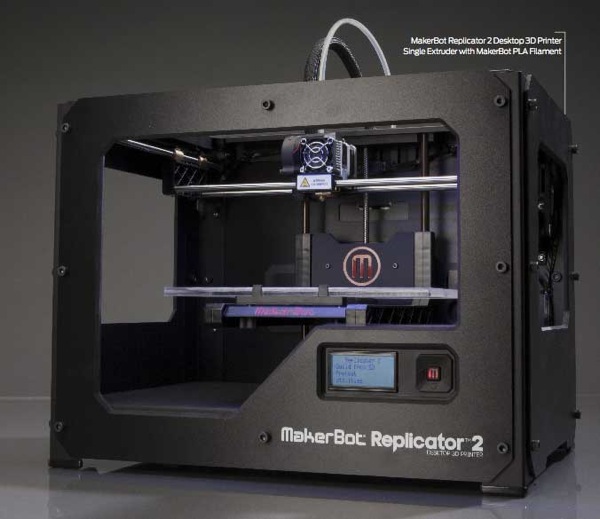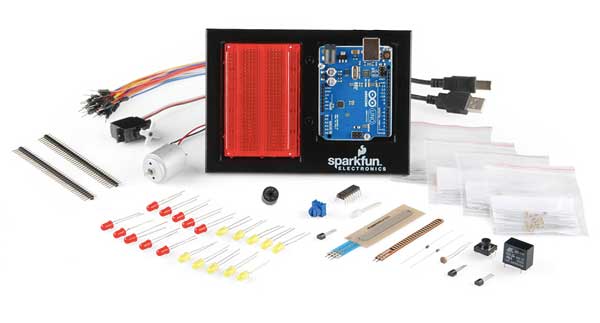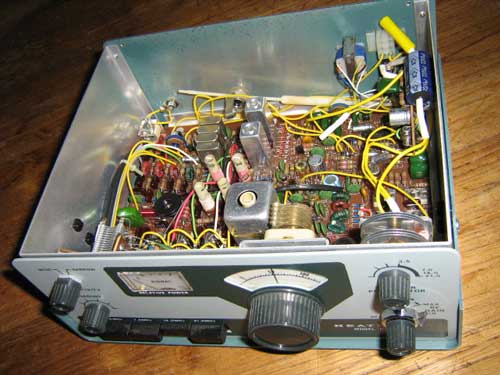There is a coming revolution in manufacturing, and this time it’s going to take place on the desktop in your home. As the Economist says, “Something big is happening to the business of making things.”
The time period of the 1960s to the 1980s was a great time to be an electrical engineer, physicist, inventor, hobbyist, or geeky teen. There was a fascination and enthusiasm for building electronic projects, fostered in part by the popular Heathkit kits:
Fortunately, I was able to catch this wave, and learned to solder, build power supplies, get my amateur radio license, and make robots and other electronic projects.
Unfortunately, I was on the tail end of the hardware wave. With the rise of the integrated circuit, the move toward the digital world, and the rush in the U.S. to move manufacturing overseas, hardware became proprietary, expensive, and difficult for the hobbyist to tinker with. Also, it became difficult for the hobbyist to buy parts, since vendors like Digi-key targeted selling electronic components to other companies, not to individual people.
Although I had a couple hardware flings at GE Medical Systems, working on the X-ray and MRI medical scanners, software became the focus and my soldering iron was mothballed. Electronics hobbyist publications such as Radio-Electronics disappeared, the makers of the heathkits went bust, and hardware tinkering lost its mojo.
But with the convergence of several technology and cultural innovations, today there’s a new energy and enthusiasm for tinkering with, building, and making hardware. Here are some of the technical and cultural changes that have taken place allowing for an interest once again with hardware:
-
Desktop 3D printers, like MakerBot, and other cheap shop equipment. Want to see some of the things people are printing at home? Check out the Thingiverse.

-
Free 3D modeling software like SketchUp and Autodesk123D
-
Shared community hardware labs, called Fab Labs, Makerspaces, and Hackerspaces
-
Tutorials, forums, and education resources, spearheaded by education and project idea outlets such as MAKE: Technology on Your Time, Instructables, adafruit, and Maker Faires
Software startups used to be the “in” thing, and while software will not go away, now there’s incredible energy and enthusiasm for hardware startups, makers, and DIY (Do It Yourself).
Join the Hardware Revolution
Want to join the hardware revolution? Want to become a maker?
- Read more about the hardware revolution and makers in Makers: The New Industrial Revolution
- Go to a Maker Faire
- Get an inventor’s kit for Arduino and start making and learning

SOURCE: Sparkfun Inventor’s Kit
CC BY-NC-SA 3.0 - Have fun learning about electronics, such as with Make: Electronics
I think it’s time to dust off my soldering iron and build and make and do.
